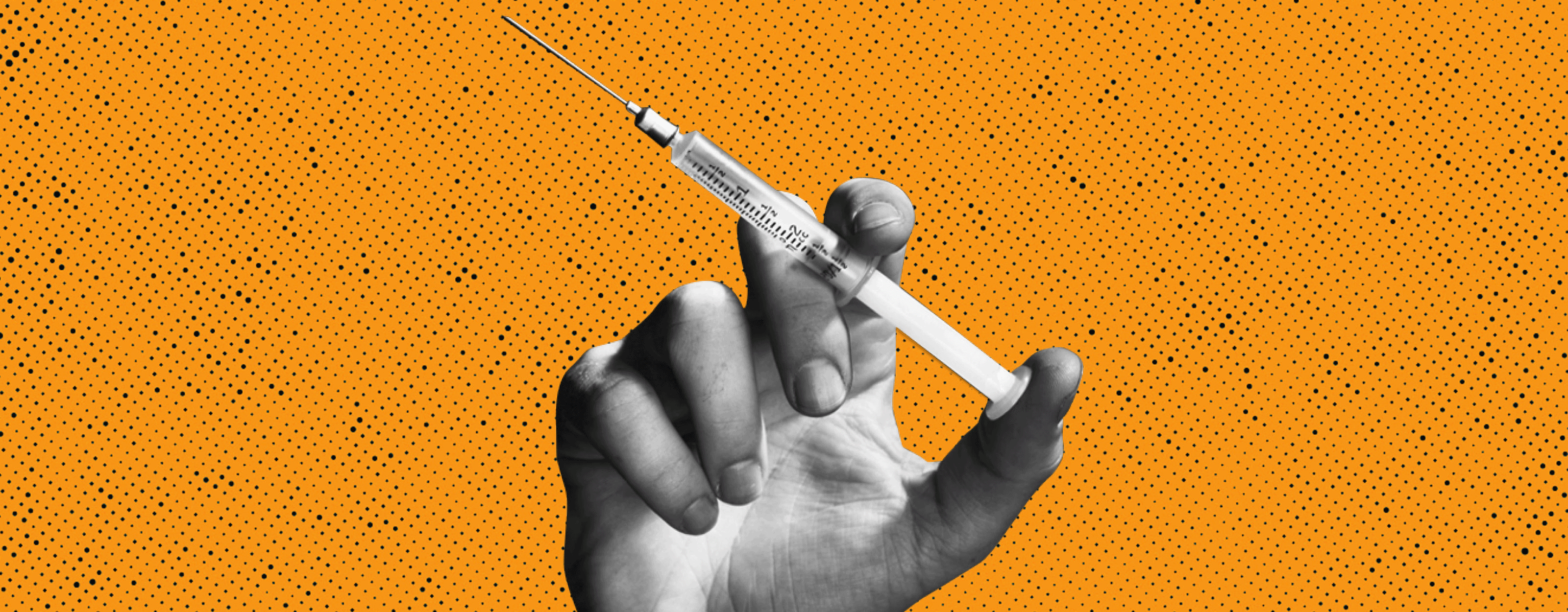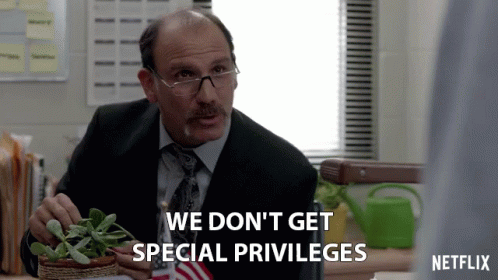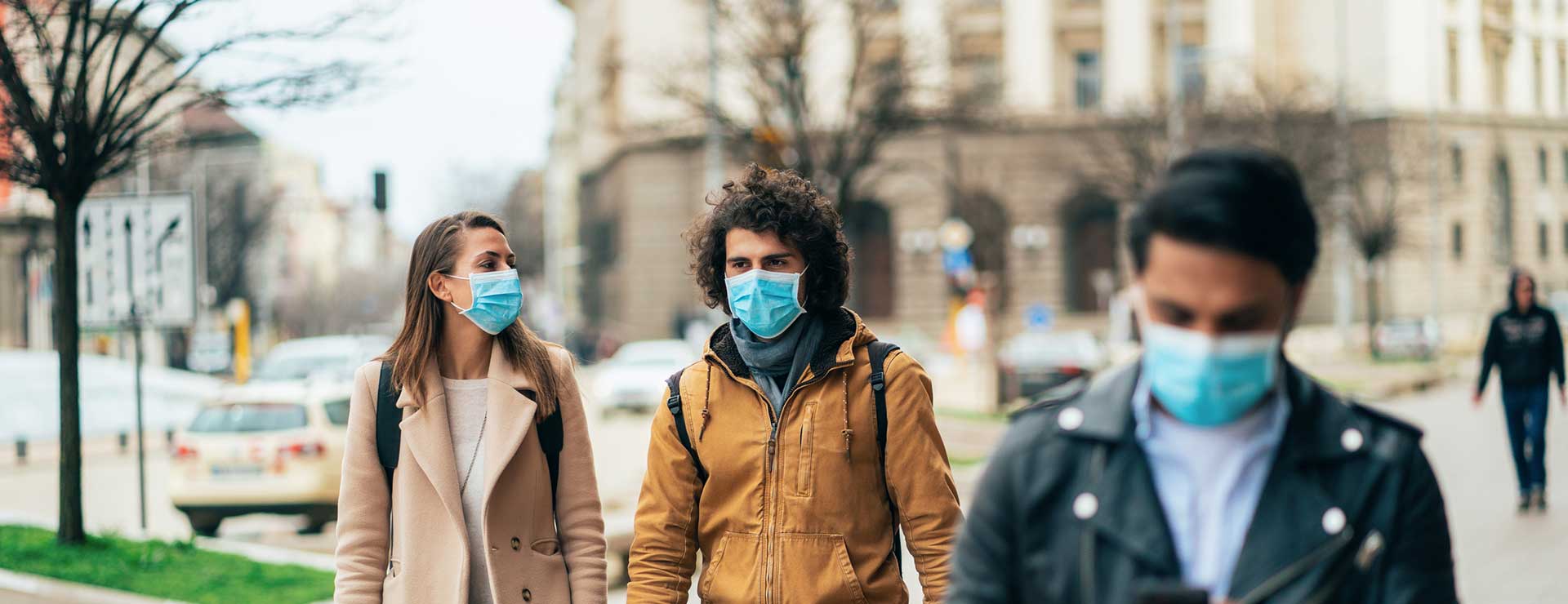The COVID-19 pandemic has fundamentally changed the world as we know it. People are living differently, buying differently and in many ways, thinking differently. Supply chains have been tested. Retailers are closing doors. The virus reshaped the economy and the consumers buying behavior as well.
But we’re taking actions. As you’re reading this right now more and more people are getting vaccinated in hopes of restoring the world we once lived in together with our all so thriving economy.

While there is reason to be optimistic for a great recovery in consumer spending once the COVID-19 virus is controlled due to pent-up demand and a significant accumulation of savings, the pandemic, is certainly going to leave its marks.

According to a study by McKinsey unlike previous recessions, this one involves no consumer debt overhang, bursting asset price bubbles, or long-term business cycle fluctuations. The sudden and deep drop in consumer spending across China, the United States, and Western Europe, ranging from 11 to 26 percent in the initial months of the pandemic, resulted mainly from cutbacks to in-person services, especially travel, entertainment, and dining.
With that being said, when the vaccine has been completely rolled out to bring the pandemic to an end could restore consumer demand to pre-pandemic levels, fueled by rising consumer confidence, pent-up demand, and accumulated savings.

The Recovery is Likely to be Uneven
However, with that said not everyone is in the same situation. While many higher income households remain unharmed financially and have accumulated savings this pandemic, low income households have lost jobs or face income uncertainty, particularly from changes in the labor market caused by digitization and automation.


As a result, the difference in consumption between higher and lower income cohorts may increase. We expect spending by mid- and high-income cohorts to bounce back to pre-COVID-19 levels between 2021 and 2022, while spending by low income cohorts could drop below pre-COVID levels once stimulus measures expire.
The pandemic will leave lasting marks on consumer behavior
We must also take into account that while a significant amount of people have had their savings pent up and that we are optimistic the vaccine will help restore the economy, the past year have also left us consumers even those belonging to higher income households with a huge timeframe to spend in reassessing their finances.


Long-standing consumer habits—more money spent on services, greater digital adoption, and more time and money spent out of the home—have been interrupted, accelerated, or reversed during the pandemic.
Nevertheless it’s certain no matter what your state of life is right now consumer behavior have changed and these changes are here to stay.
Read more on, PREPARING FOR THE POST-COVID SHOPPING ERA – HOW COVID-19 PANDEMIC SHIFTED HOW CONSUMER BUY ONLINE
Source: https://www.mckinsey.com/industries/consumer-packaged-goods/our-insights/the-consumer-demand-recovery-and-lasting-effects-of-covid-19?cid=app
Subscribe to my YouTube channel: Casey Ordoña


